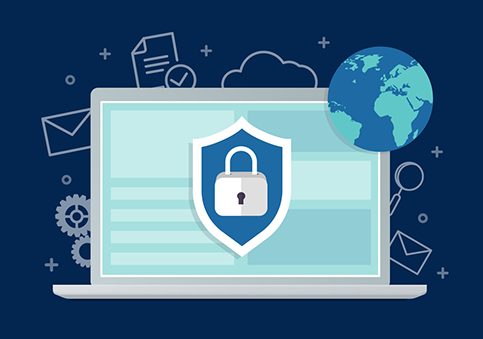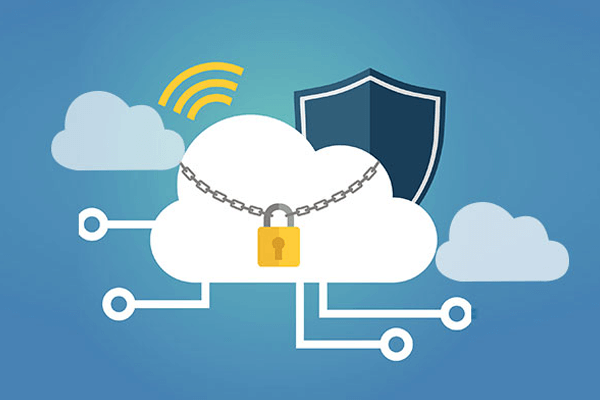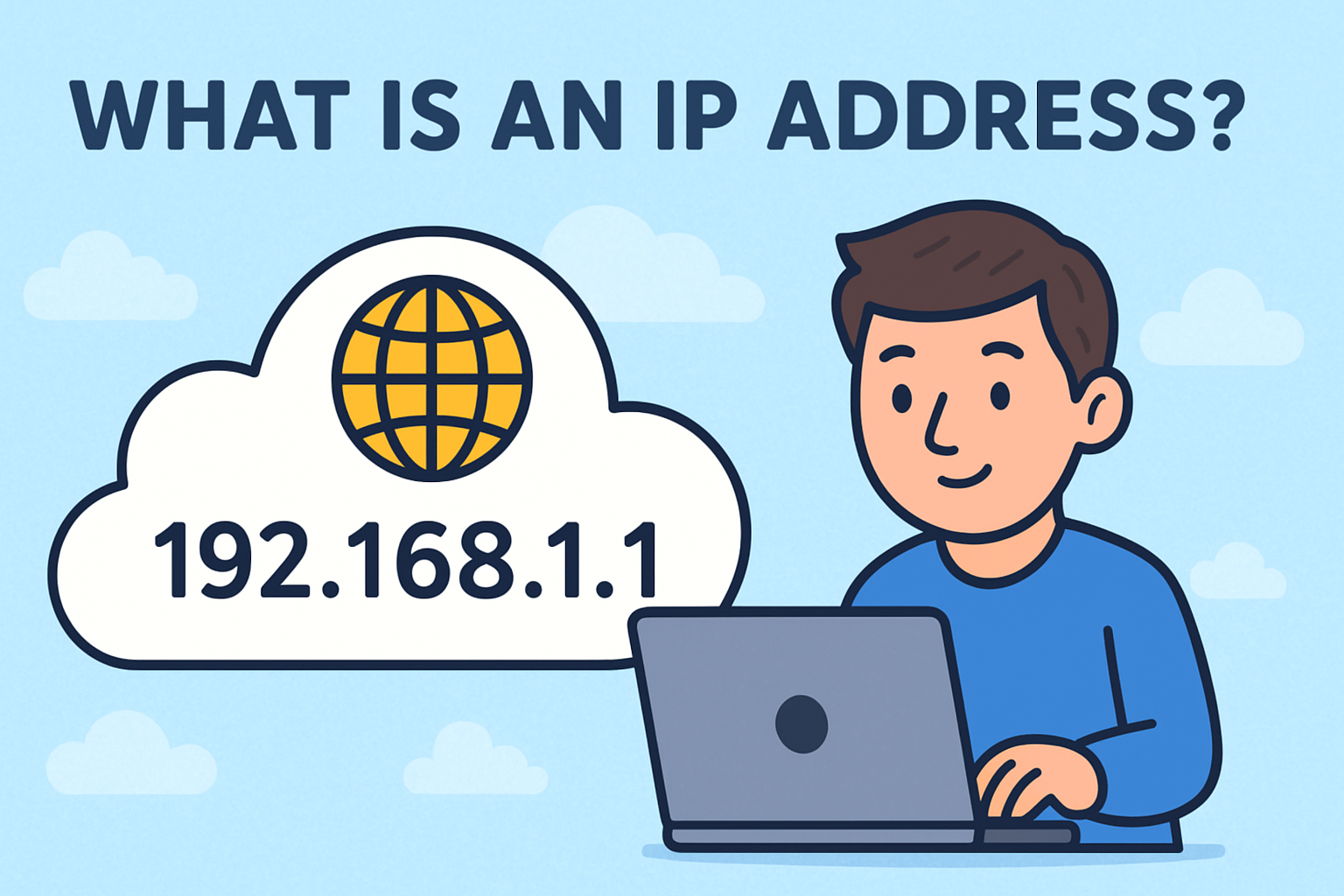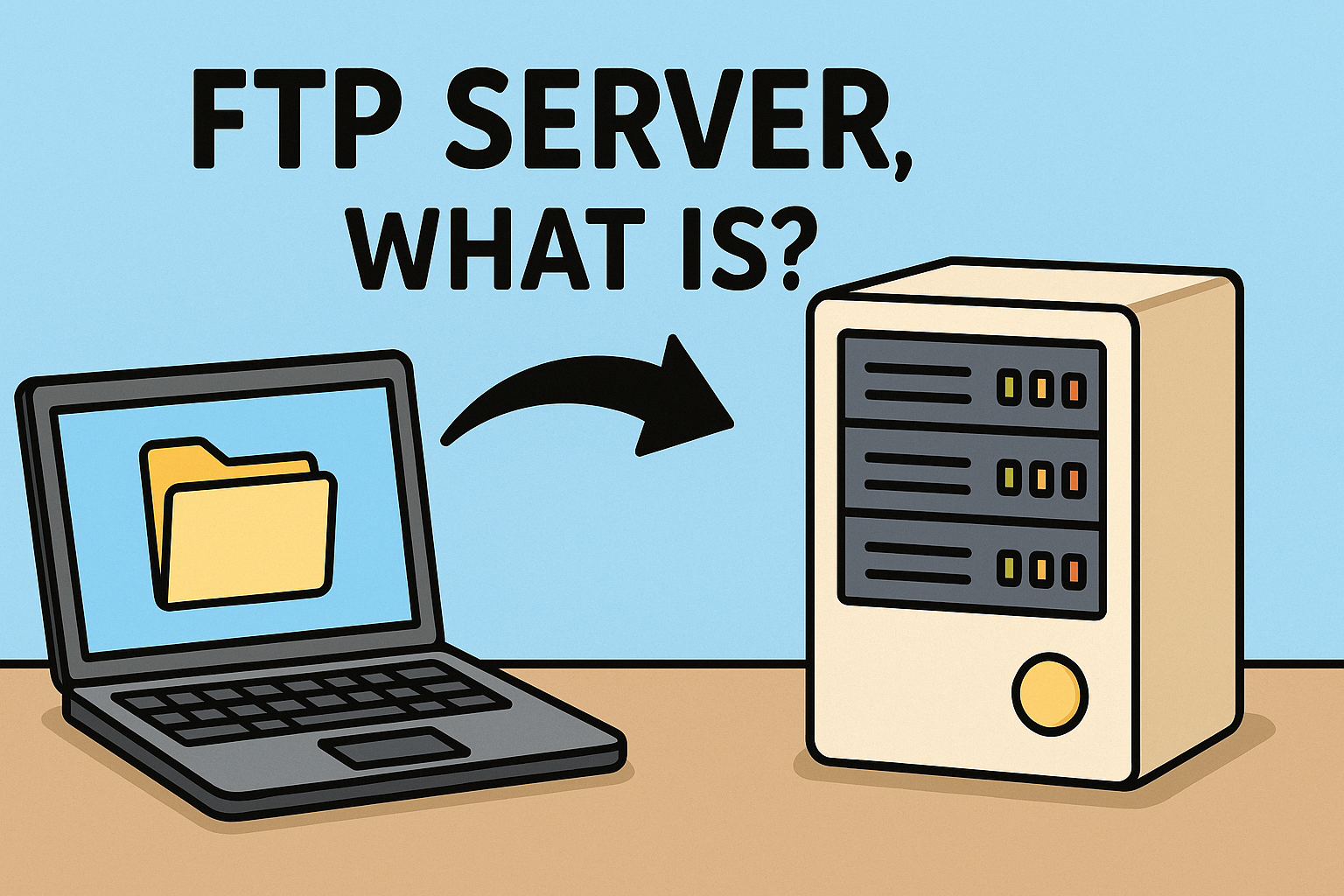What Is Network Operating Software? A Complete Guide for IT Leaders
Updated on October 16, 2025, by Xcitium
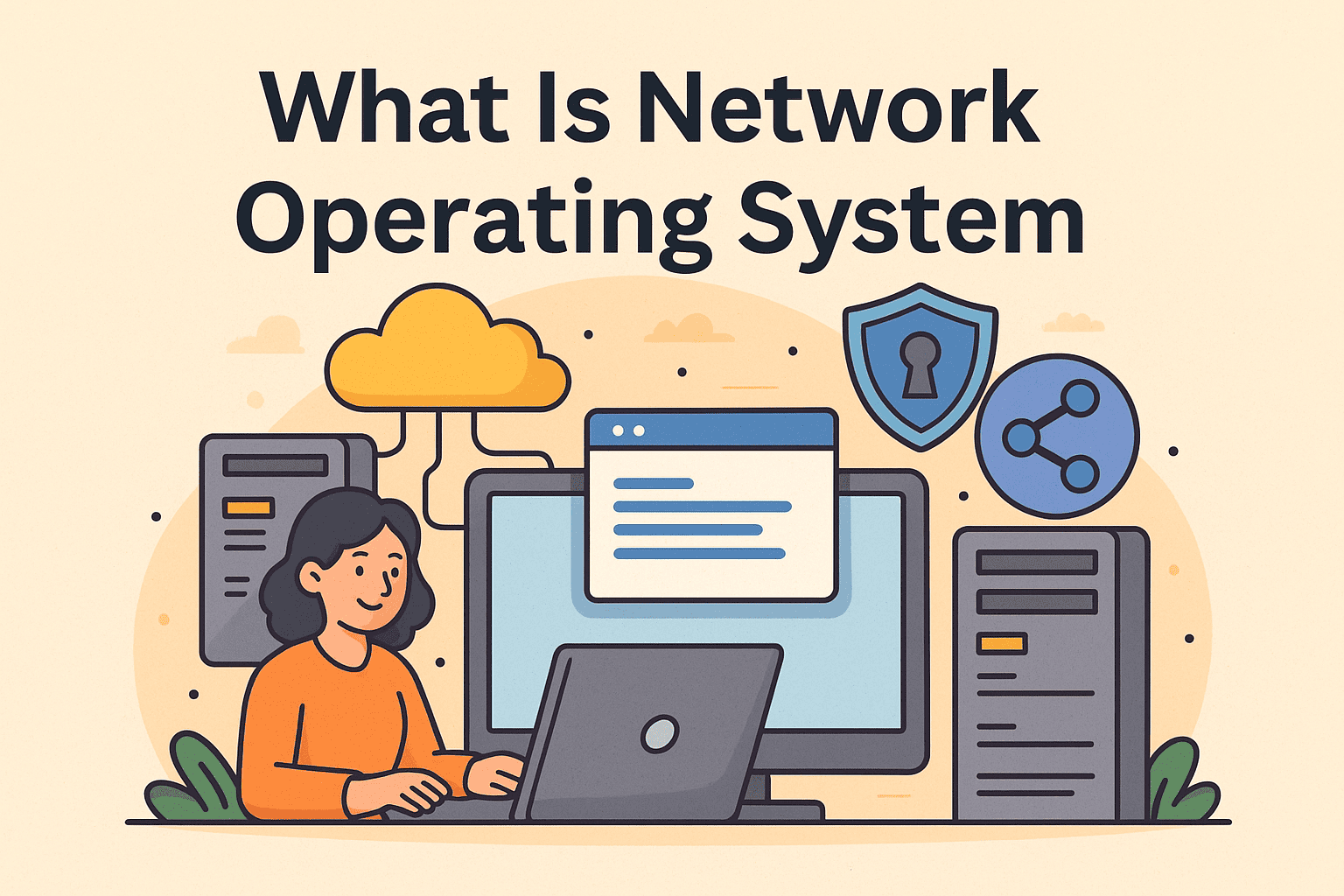
In today’s connected world, every business relies on networks. From sharing files to managing cybersecurity, network efficiency can make or break productivity. But here’s the question many IT professionals ask: what is network operating software, and why is it so critical for modern businesses?
Introduction: Why Network Operating Software Matters
Network operating software (NOS) is the backbone of enterprise networks. It manages resources, enables secure communication, and ensures that multiple devices — from servers to endpoints — work together seamlessly. For IT managers, cybersecurity experts, and CEOs, understanding NOS is key to improving efficiency, scalability, and security across the organization.
What Is Network Operating Software?
Network operating software is a specialized operating system designed to manage and support network resources, communications, and services. Unlike standard operating systems (like Windows or macOS) that run a single device, NOS manages multiple interconnected systems across a network.
Core Functions of NOS:
-
User Management – Controls permissions, authentication, and roles.
-
File & Print Services – Enables centralized file storage and networked printing.
-
Security Features – Supports firewalls, access control, and encryption.
-
Communication Management – Handles messaging, email services, and collaboration tools.
-
Resource Allocation – Optimizes bandwidth and system usage.
In short, NOS is the central nervous system of business networks, keeping everything running smoothly and securely.
Examples of Network Operating Software
Several well-known NOS platforms dominate the IT landscape. Examples include:
-
Microsoft Windows Server – Widely used in corporate environments.
-
Linux-based Systems (Ubuntu Server, Red Hat) – Popular for flexibility and open-source adaptability.
-
Novell NetWare (legacy) – Historically significant, though now phased out.
-
Unix-based Systems – Powering enterprise-level servers with high stability.
These platforms are chosen based on business size, budget, and security needs.
Why Businesses Need Network Operating Software
For CEOs, IT managers, and cybersecurity leaders, adopting NOS is more than a technical choice — it’s a strategic decision.
Benefits of Using NOS:
-
Centralized Control – Manage users, files, and devices from one place.
-
Enhanced Security – Control access rights and enforce policies.
-
Scalability – Easily add new devices, users, and applications.
-
Improved Collaboration – Streamline communication across departments.
-
Disaster Recovery – Backup and restore critical data efficiently.
Without NOS, organizations risk inefficiency, data breaches, and operational bottlenecks.
Features of Network Operating Software
To truly understand what is network operating software, let’s break down its features.
1. Authentication & Access Control
-
Manages user accounts.
-
Provides password policies and multi-factor authentication.
2. Resource Sharing
-
Centralized file and print services.
-
Shared databases and applications.
3. Security & Monitoring
-
Built-in firewalls, intrusion detection, and audit logs.
-
Tracks who accesses what, when, and how.
4. Network Services
-
Supports DNS, DHCP, and email servers.
-
Integrates with cloud-based applications.
5. Fault Tolerance & Reliability
-
Load balancing to reduce downtime.
-
Automatic failover in case of system failure.
These features make NOS indispensable for secure, efficient network management.
Network Operating Software vs Traditional Operating Systems
It’s easy to confuse NOS with standard operating systems, but they serve different purposes.
| Feature | Traditional OS (Windows, macOS) | Network Operating Software (Windows Server, Linux Server) |
|---|---|---|
| Primary Use | Runs a single device | Manages multiple devices & networks |
| User Control | Local users only | Centralized user management |
| Security | Basic | Advanced with encryption, policies, monitoring |
| Scalability | Limited | High — supports thousands of users |
| Resource Sharing | Minimal | File, print, database, and application sharing |
For IT managers, choosing NOS is about enabling enterprise-level performance and security.
Security Role of Network Operating Software
With cyberattacks on the rise, NOS plays a vital role in defending organizations against threats.
-
Access Control: Restricts data access to authorized users only.
-
Encryption Protocols: Protects data in transit and storage.
-
Audit Trails: Logs activity for compliance and investigations.
-
Patch Management: Regular updates close security vulnerabilities.
For cybersecurity teams, NOS isn’t just infrastructure — it’s part of the frontline defense.
Practical Use Cases of Network Operating Software
-
Enterprise Collaboration – Centralized file servers and shared drives.
-
Education – Universities using NOS for secure student and faculty access.
-
Healthcare – HIPAA-compliant file sharing and audit tracking.
-
Finance – Managing sensitive transactions securely.
-
Remote Work – VPN and secure file access for distributed teams.
Every industry that values data security and network efficiency depends on NOS.
Best Practices for Managing NOS
If you’re an IT manager or cybersecurity professional, here are practices to maximize NOS effectiveness:
-
Regular Updates: Keep NOS patched against vulnerabilities.
-
Role-Based Access: Apply least privilege access control.
-
Monitoring & Alerts: Use SIEM integrations for real-time insights.
-
Training: Educate staff on secure network usage.
-
Backups: Automate data backups for resilience.
These steps reduce risks while boosting performance.
Future of Network Operating Software
As businesses move toward cloud-first strategies, NOS is also evolving:
-
Cloud Integration: Hybrid setups with both on-prem and cloud NOS.
-
AI & Automation: Intelligent monitoring and auto-response to threats.
-
Zero Trust Security: NOS enforcing least-privilege and identity-based access.
-
IoT Compatibility: Managing connected devices securely.
Future NOS will be smarter, more secure, and more cloud-native.
FAQs on Network Operating Software
1. What is network operating software in simple terms?
It’s software that manages and secures devices, data, and resources in a network.
2. Is Windows 10 a network operating software?
No, Windows 10 is a desktop OS. Windows Server is Microsoft’s NOS.
3. Can small businesses use NOS?
Yes, even small businesses benefit from centralized file sharing and security.
4. How does NOS improve cybersecurity?
By enforcing access controls, monitoring activity, and providing secure communications.
5. What’s the difference between NOS and cloud-based systems?
NOS often runs on local servers but increasingly integrates with cloud solutions.
Conclusion: Why Every Business Needs NOS
So, what is network operating software? It’s the engine that powers secure communication, data sharing, and resource management across networks. For IT managers and CEOs alike, NOS is critical to scalability, productivity, and cybersecurity.
By adopting best practices and leveraging modern NOS platforms, organizations can build a stronger, safer, and more agile digital infrastructure.
👉 Ready to secure your business networks further? Request a demo today and explore advanced solutions designed to protect your enterprise.



